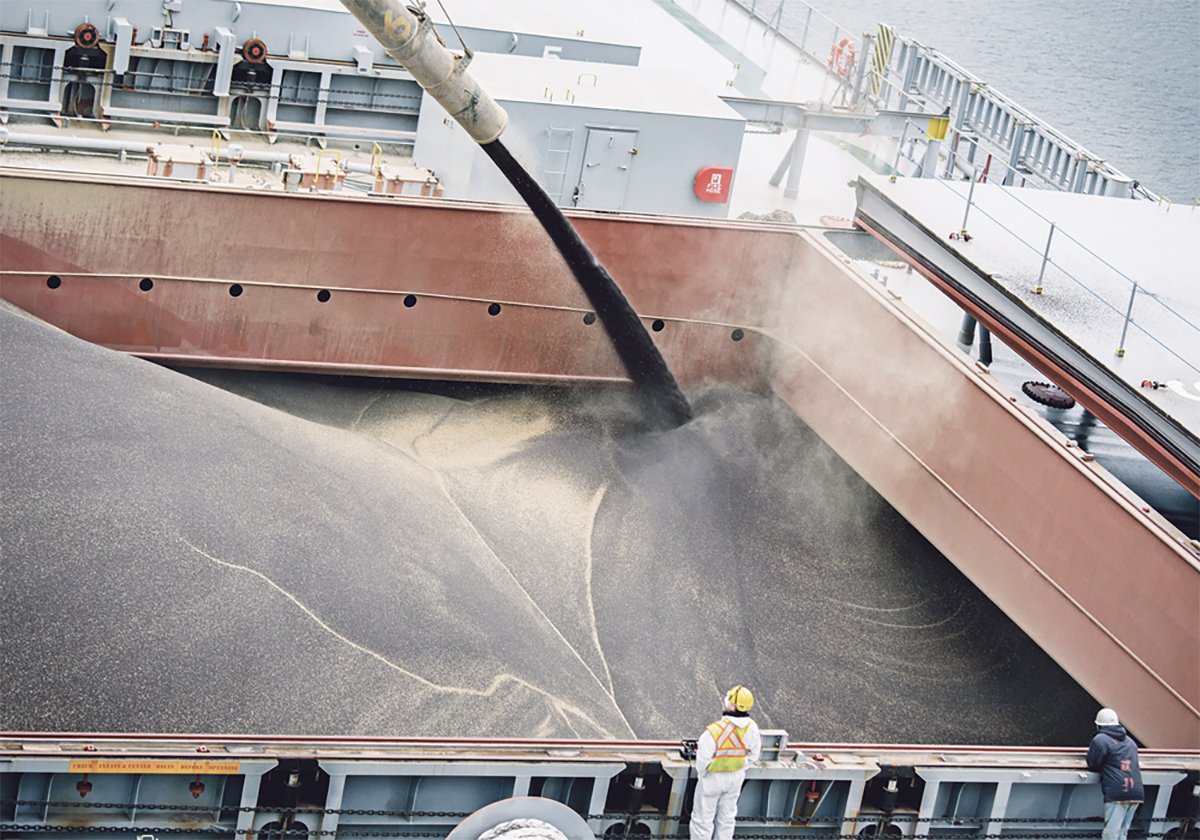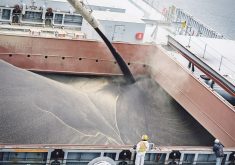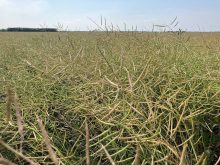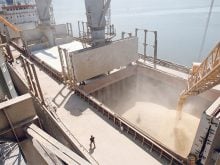Canada’s barley acreage is continuing its downward slide, according to figures from Statistics Canada.
In their December estimates of crop production, federal number crunchers estimated the Canadian barley crop at 6.9 million acres in 2010.
Total production was estimated at 7.6 million tonnes, a 20 percent decrease from the 2009-10 crop year and the country’s second lowest barley output in the past 30 years.
Barley acreage has been declining steadily in Canada during the past two decades.
Between 1995 and 1999, acreage averaged more than 11.8 million acres per year.
Read Also

Exports off to a slow start after last year’s torrid pace
Canadian grain, oilseed and pulse exports are off to a slow start, but there are some bright spots, according to the Canadian Grain Commission’s most recent weekly export data report.
A decade later, between 2005 and 2009, average plantings were around 9.6 million acres, a decrease of nearly 19 percent. The 6.9 million acres planted this year was the country’s lowest acreage since 1965.
Last year’s acreage was severely affected by wet field conditions in Saskatchewan and other parts of the Prairies.
Michael Brophy, president and chief executive officer of the Brewing and Malting Barley Research Institute in Winnipeg, said declining barley acreage is a growing concern to the Canadian malting barley industry.
He will address declining acreage and challenges facing the industry at a barley improvement conference in San Diego next month.
Brophy said one of the keys to maintaining adequate malting barley supplies is to ensure that new, improved varieties are being developed and planted by Canadian farmers.
In a normal year, about 30 to 40 percent of the barley acres grown in Canada are planted to feed varieties. The remaining 60 to 70 percent are sown to malting varieties.
Selection rates for malting are normally in the 20 to 30 percent range.
This year, with production estimated at 7.6 million tonnes, malting barley selectors will likely be working with a total malting barley pool of around five million tonnes, said Bruce Burnett, a market analyst with the Canadian Wheat Board.
Selection rates will also be relatively low because this year’s crop came off in poor shape, he said.















